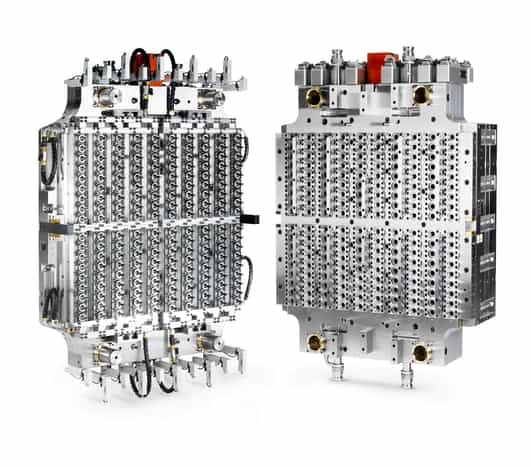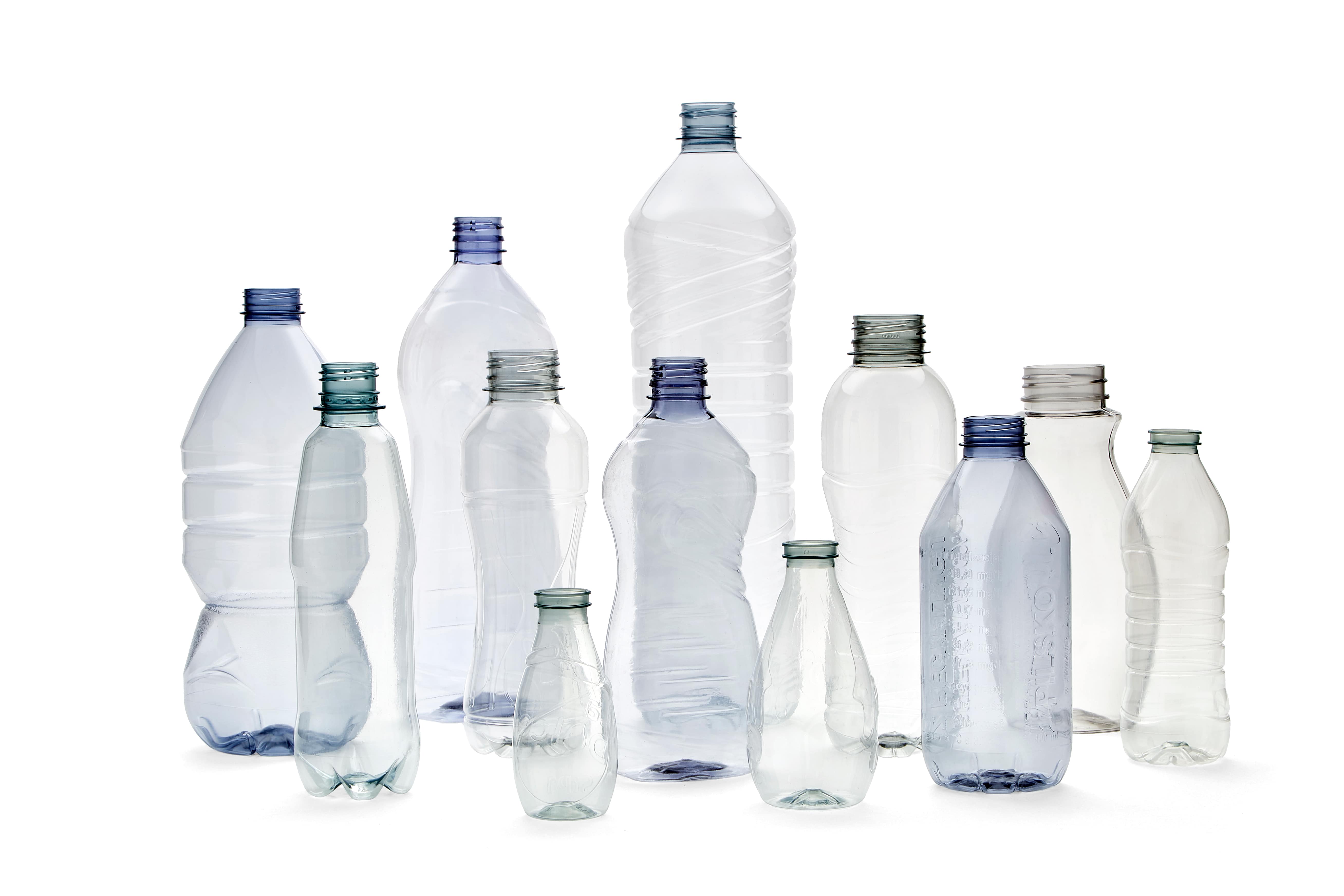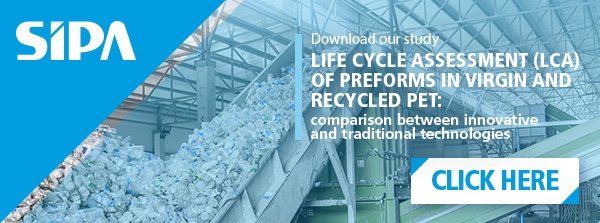
The increasing attention to sustainability, within the plastic packaging industry, finds application through the creation of containers in recycled materials such as recycled PET.
But this, in itself, is not enough. In fact, it is necessary to take into account the differences and variations in the processing characteristics of rPET compared to virgin PET, but also other factors such as the increase in the level of dust created by the processing of rPET.
Let's try to deepen these aspects, describing SIPA's approach to rPET packaging.
Essential prerequisites for the production of rPET containers
First of all, we remind you that SIPA has recently created its own specific brand, AWArPET: this is a way to define the environmentally friendly approach in the design and production of PET packaging.
Now, going back to the containers that incorporate rPET it is important to keep mind that they are appreciated by brand owners and consumers only if the performance is like the containers made with virgin PET.
For this reason, it is important the quality of the rPET used in order to produce containers with color and technical performance in line with those made of virgin PET.
The EPBP guidelines on plastic recycling followed by SIPA
SIPA strictly follows the Recyclass, Design for Recycling guidelines, established by EPBP, the European PLATFORM for PET bottles.
This voluntary industry initiative provides guidelines for the design of PET bottles optimized for recycling, evaluates packaging solutions and technologies, and facilitates understanding of the effects on recycling processes.
The body has established several testing procedures to assess the impact on packaging recycling. Products that pass the tests should not cause problems when processing recycled materials.
SIPA's technologies for rPET packaging
One of the issues related to this specific market concerns the ways in which used PET bottles are converted back into new recycled containers.
Reducing them into flakes, converting flakes into granules, and then converting the granules into preforms would be the obvious solution, but it's not necessarily the cheapest one.
XTREME Renew
The XTREME Renew process incorporates an innovative technology that allows to convert rPET flakes directly into preforms with food-grade quality in a single cycle with rotary injection-compression.
XTREME Renew eliminates an entire step of the process making it significantly more cost-effective than alternative systems, while offering extra sustainability benefits. SIPA believes that for large consumers of rPET, it is an extremely interesting solution.
XFORM, SFL and XTRA
SIPA also supplies conventional preform injection systems, XFORM and SFL or XTRA linear and rotary stretch-blow moulding systems, which, incorporating special features, make rPET processing relatively simple.
Customers will not have to invest in new systems, but rather make certainly cost-effective modifications to the machines they already own, putting themselves in a position to produce bottles with an rPET of up to 100%.
How to solve the problem of PET powder in preform injection
There is the problem related to the accumulation of PET powder during the production of preforms with rPET. SIPA has also found the solution to this problem by developing XActive-Cleaning.
It is a patented system for hot runners. This exclusive SIPA technology adapts the compressed air flows, normally used to move the valve stems of the hot runner, to blow even the very few plastic particles that are deposited inside the actuators at each cycle.
Cleaning is a problem that does not only concern hot runner systems, but also the injection molds they feed. 
For these reasons SIPA has also developed technologies to keep the mold cavities as clean as possible. A system that incorporates innovative vacuum technology reduces the need for maintenance and increases the efficiency of the line.
The ventilation system during injection
SIPA injection molds incorporate tiny ventilation holes in the key points on the surfaces of the cavities, to allow air to escape into the cavities themselves when the PET is injected.
WARNING: the vents can get dirty if the air flowing through them is not completely clean. SIPA has patented a solution that pulls air out of the mold during injection.
RESULT: the need for cleaning of the air intakes is also drastically reduced.
The color issue of rPET
From an aesthetic point of view, not all rPET preforms are the same. This is because the raw material used might come from a variety of sources, it is possible that there are, for example, slight variations in color.
This can affect the behavior of the material when preforms are heated in infrared ovens, as different colors absorb different amounts of energy.

SIPA solutions
SIPA has developed technologies that take into account these variations. One of the systems designed makes automatic adjustments to the oven settings.
This allows you to achieve a high level of consistency in the way preforms behave when blown.
Color adjustment
There is a precise mechanism concerning the heating of preforms. This can be varied and adjusted differently between batches of preforms, depending on the color variation.
Special air intakes, known and patented as X-Vents®, can be inserted into the molds, which allow to manage the pressure variations in the cavities caused by the process adjustments relating to the different levels of energy absorption of the preforms.
The use of X-Vents® is particularly useful to manage these situations when producing bottles with complex geometries, or to control the bases of bottles for carbonated drinks.
In addition, the extra wide process angle in SIPA's new generation of XTRA rotary stretch-blow molding machines provides additional help in the processing of "difficult" materials such as rPET.
Do you want to know in detail targeted solutions for your company? Contact our experts






